Canon EOS R7 vs Fujifilm X-H2S
Which is the best APS-C format mirrorless camera? We compare the brand new Canon EOS R7 and Fujifilm X-H2S
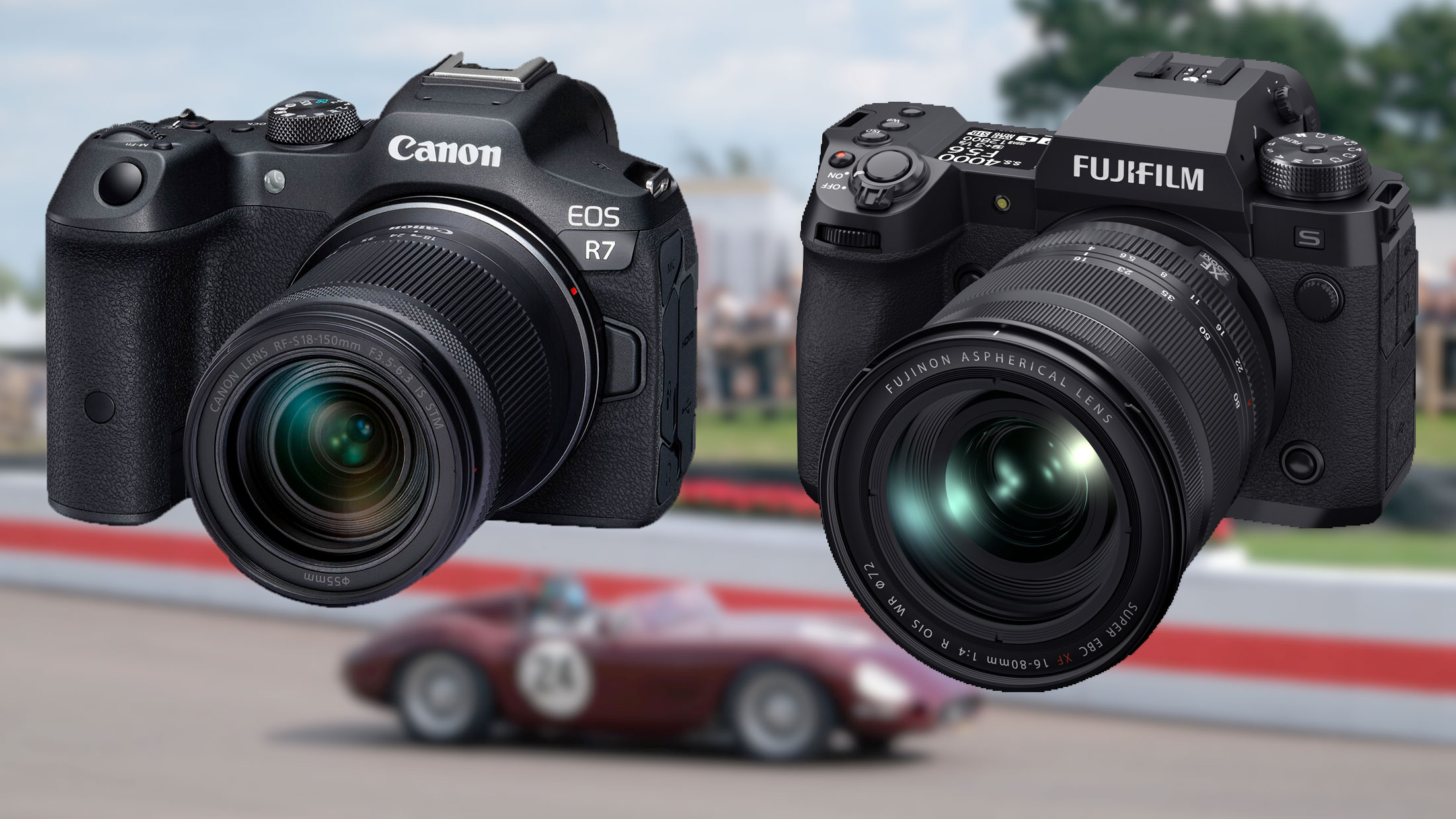
The Canon EOS R7 and Fujifilm X-H2S were announced within a few days of each other, both sitting at the top of their manufacturer’s APS-C mirrorless camera line-up.
They are also both vying for the attention of dedicated enthusiast photographers who want the smaller size, lower weight and greater ‘reach’ of an APC-S format mirrorless camera system instead of the bulk and extra cost of a full-frame model. In this post, we’ll take a look at some of the key features of the Canon EOS R7 and Fujifilm X-H2S to see how they compare to help you decide which it the best APS-C format camera for you.
1. Sensor
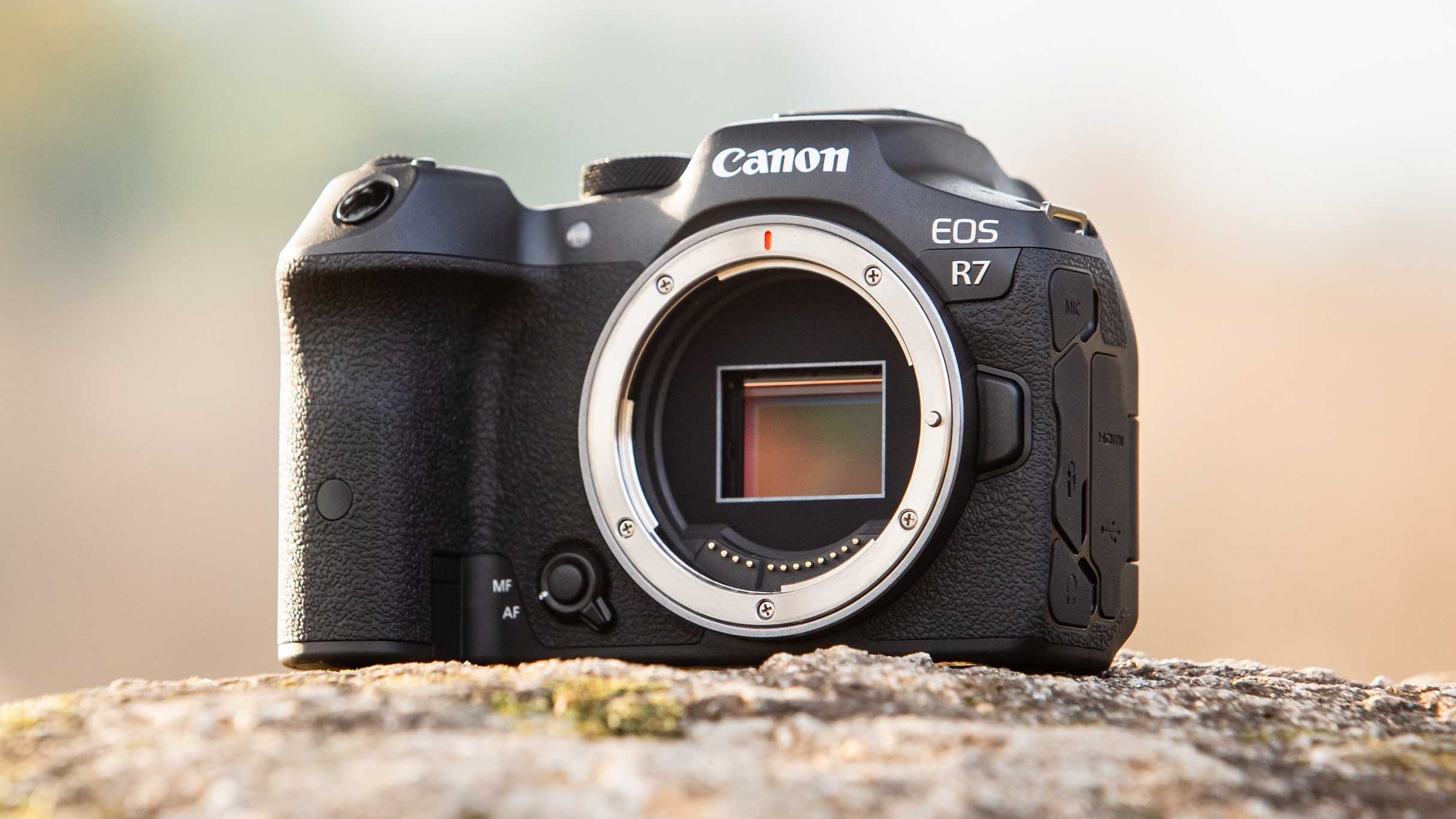
• Canon EOS R7: 32.5Mp APS-C format CMOS
• Fujifilm X-H2S: 26.1MP APS-C format X-Trans CMOS 5 HS
With over 6 million more pixels, the Canon EOS R7 is potentially capable of capturing larger and potentially more detailed images than the Fujifilm X-H2S. However, it’s worth noting that the X-H2S’s sensor has a stacked designed which helps to boost its performance all round. Canon on the other hand has used a similar sensor to the one in the Canon EOS 90D for the R7, tweaking the micro lenses and electronics to boost performance. We can be pretty confident that it’s not backside illuminated or stacked because you can be sure that Canon would shout about it if it was.
2. Continuous shooting
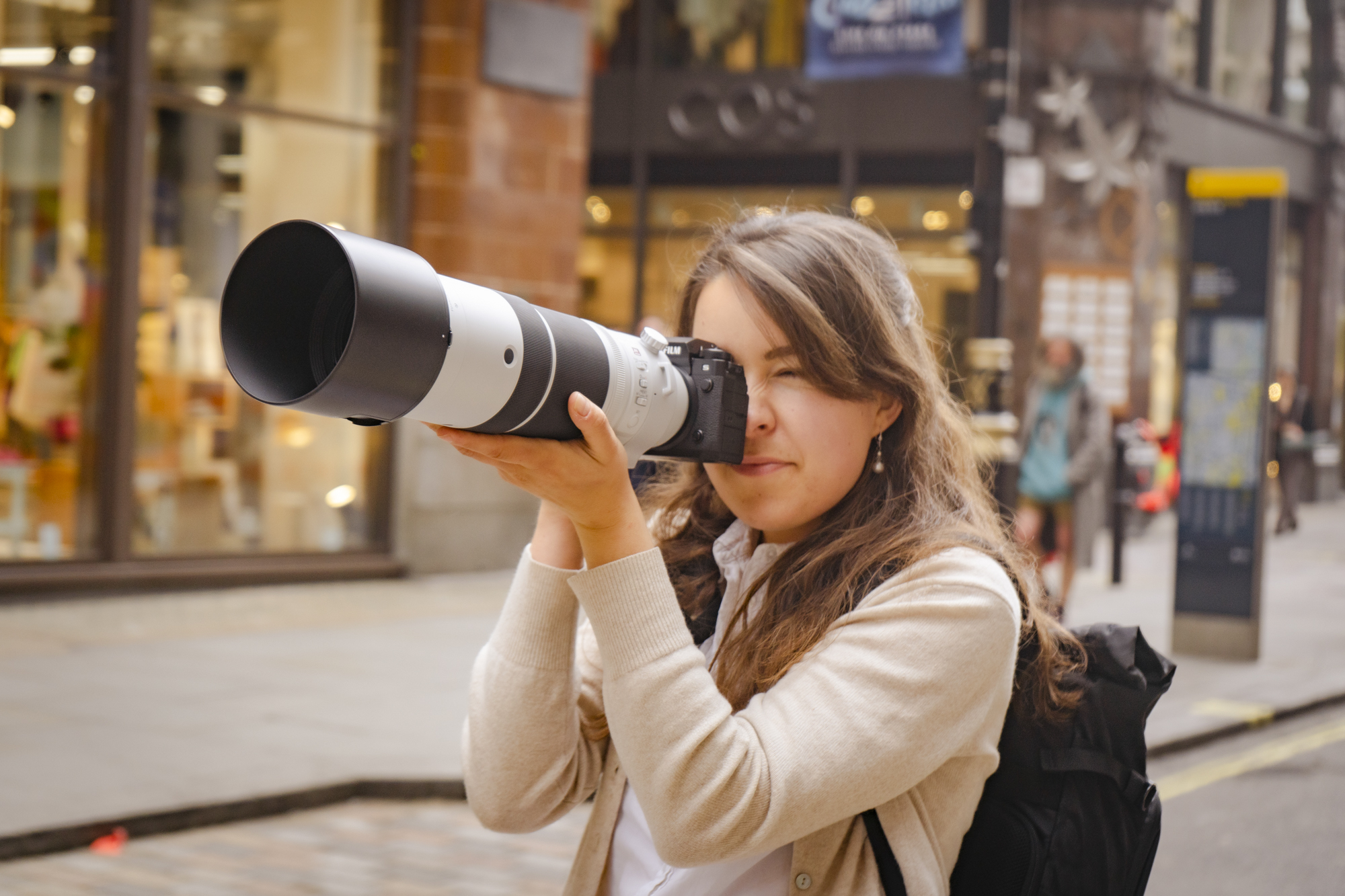
• Canon EOS R7: Mechanical shutter: 15fps for 224 JPEGs or 51 raw images, Electronic shutter: 30fps for 126 JPEG or 42 raw images
• Fujifilm X-H2S: Mechanical shutter: 15fps for 1000+ JPEGs or 1000 uncompressed raw files, Electronic shutter: 40fps for 184 JPEGs or 140 uncompressed raw
Both cameras offer a maximum continuous shooting rate of 15fps (frames per second) when their mechanical shutter is in use, which is a figure we could only have dreamed of a few years ago. However, switch to use the electronic shutter and things ramp up with the Canon R7 shooting at up to 30fps and the Fujifilm X-H2S hitting 40fps. For most photographers, 30fps is more than enough, but occasionally, the ability to shoot full-resolution images at 40fps could be useful and the Fujifilm's burst depth is impressive.
3. Video
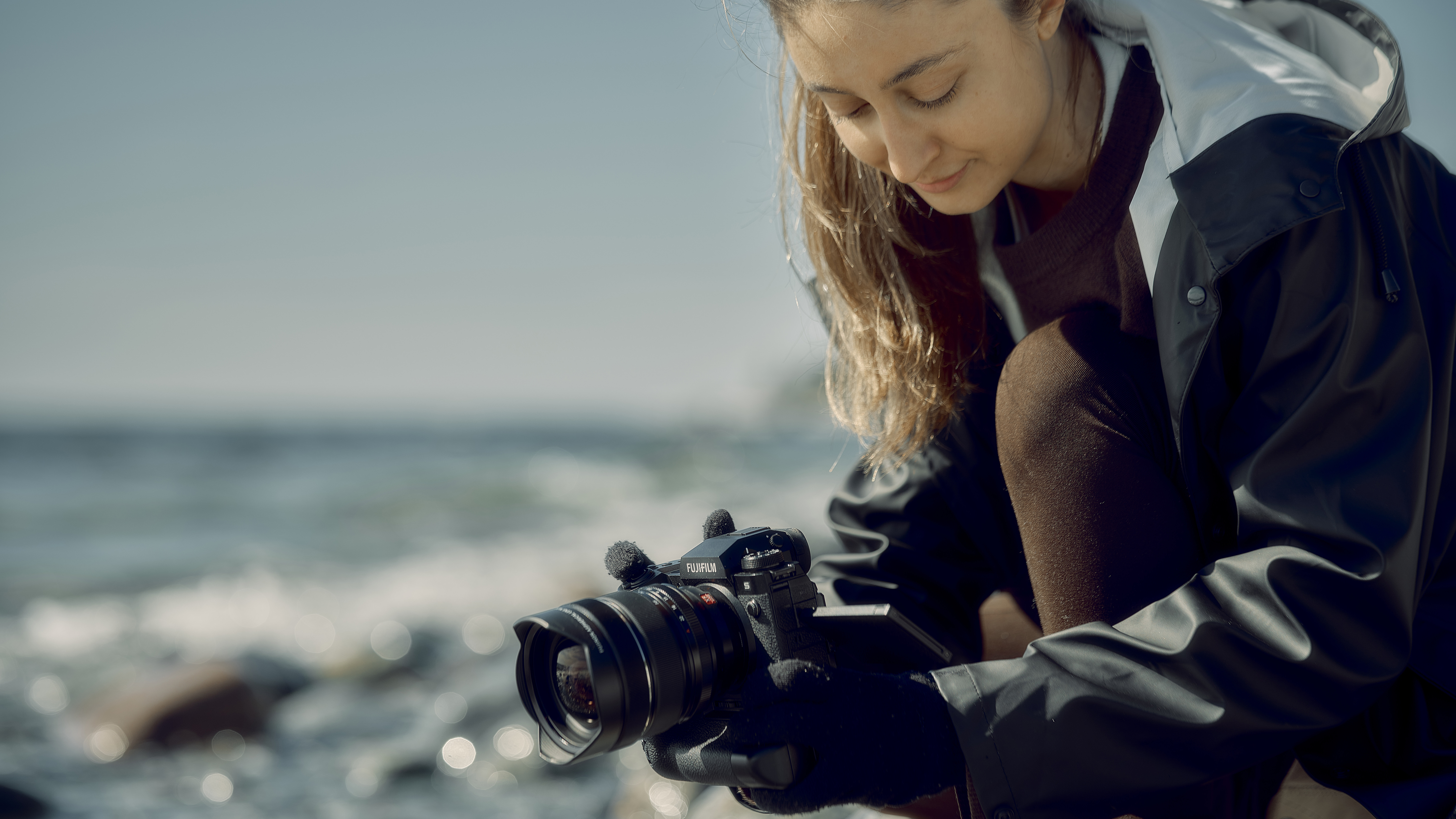
• Canon EOS R7: 4K (3840 x 2160) at up to 60p with or without a 1.8x crop
• Fujifilm X-H2S: 6.2K (6240×4160) 29.97/25/24/23.98p, DCI 4K (4096×2160) 59.94/50/29.97/25/24/23.98p 720Mbps/360Mbps/200Mbps/100Mbps/50Mbps, 4:2:2 10-bit internal recording
While both cameras can record 4K video at up to 60p in their standard mode, the Fujifilm can push to 120p in High Speed mode for more dramatic slow motion videos. The X-H2S also wins in the resolution stakes with a maximum of 6.2K – also at up to 60p.
Both cameras feature a Log mode (the X-H2S has two), to extend dynamic range, but with the option to shoot in MOV format as well as MP4, plus Apple ProRes 422 HQ, Apple ProRes 422 and Apple ProRes 422 LT, and All Intra (or Long GOP) compression rather than inter frame, the X-H2S is the more serious video camera of the two.
4. Autofocus
• Canon EOS R7: Dual Pixel CMOS II AF phase detection with up to 5915 positions and 651 automatically selectable points
• Fujifilm X-H2S: Intelligent Hybrid with up to 425 points, Face/Eye Detection, Subject Detection
While Canon plumps exclusively for phase detection focusing in the R7, the Fujifilm X-H2S has a hybrid focusing system that employs both contrast and phase detection. Both are swift and decisive.
There’s also subject detection on hand with the R7 being capable of detecting humans (eyes/face/head/body), animals (dogs, cats and birds) or vehicles (racing cars or motor bikes) and the Fujifilm X-H2S offering a similar array but grouped as human face/eye, animal, bird, automobile, motorcycle and bike, airplane and train. You have to select the type of subject that you want to detect with either camera and there are pros and cons to having animals and birds grouped together or separate. The honors are even.
5. Stabilisation
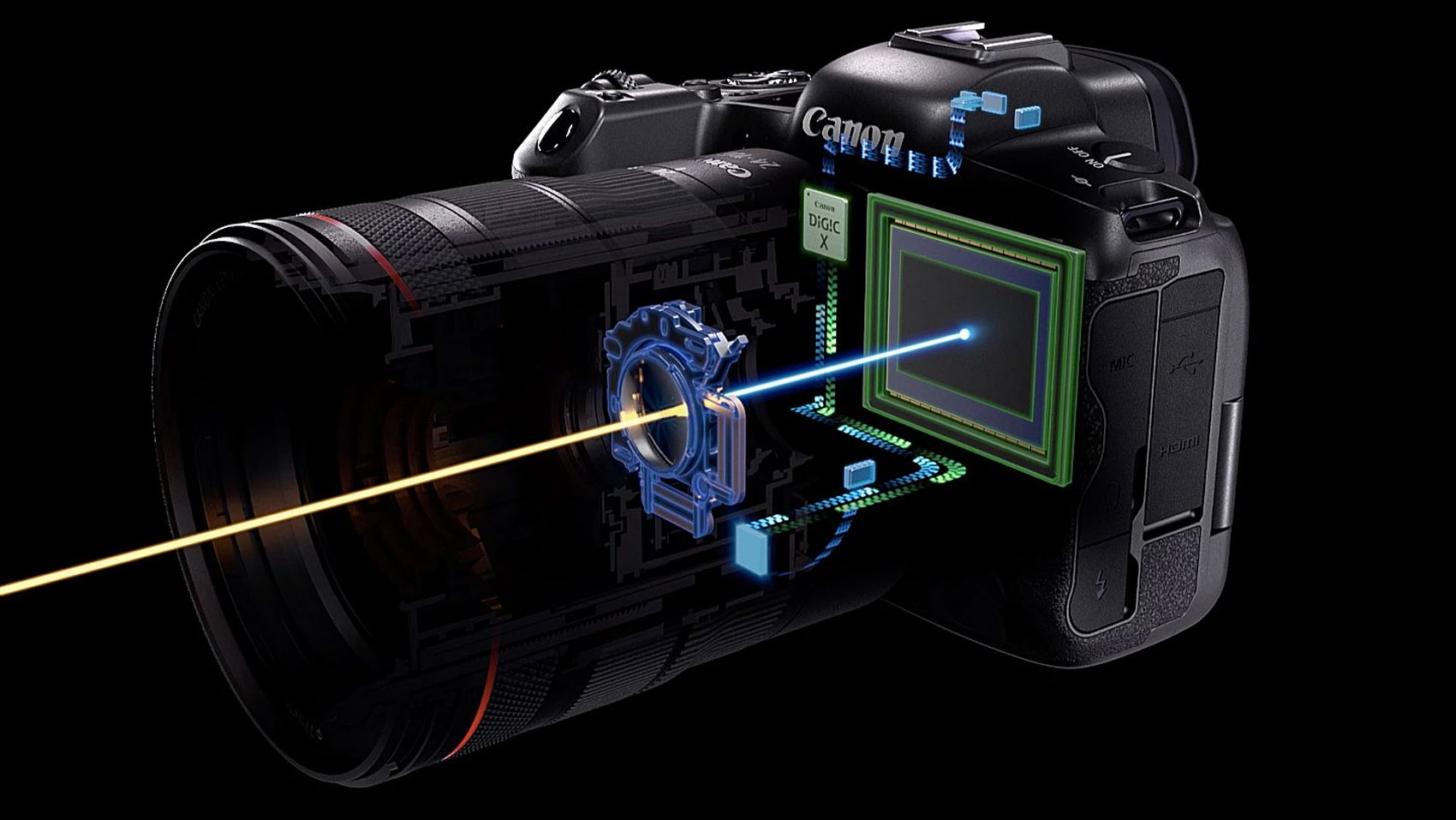
• Canon EOS R7: In-body 5-axis image stabilisation (IBIS) up to 8EV
• Fujifilm X-H2S: In-body 5-axis image stabilisation (IBIS) to up to 7EV
In-camera stabilisation is pretty much a given for any new camera so it’s no surprise to see it in the Canon EOS R7 and Fujifilm X-H2S. Both offer impressive shutter speed compensation but with the R7 offering up to one stop more than the X-H2S, it has an edge.
One thing to bear in mind, however, is that the actual degree of stabilisation that you get depends upon the lens that is mounted and some people will be able to eke out more than others.
6. Construction and controls
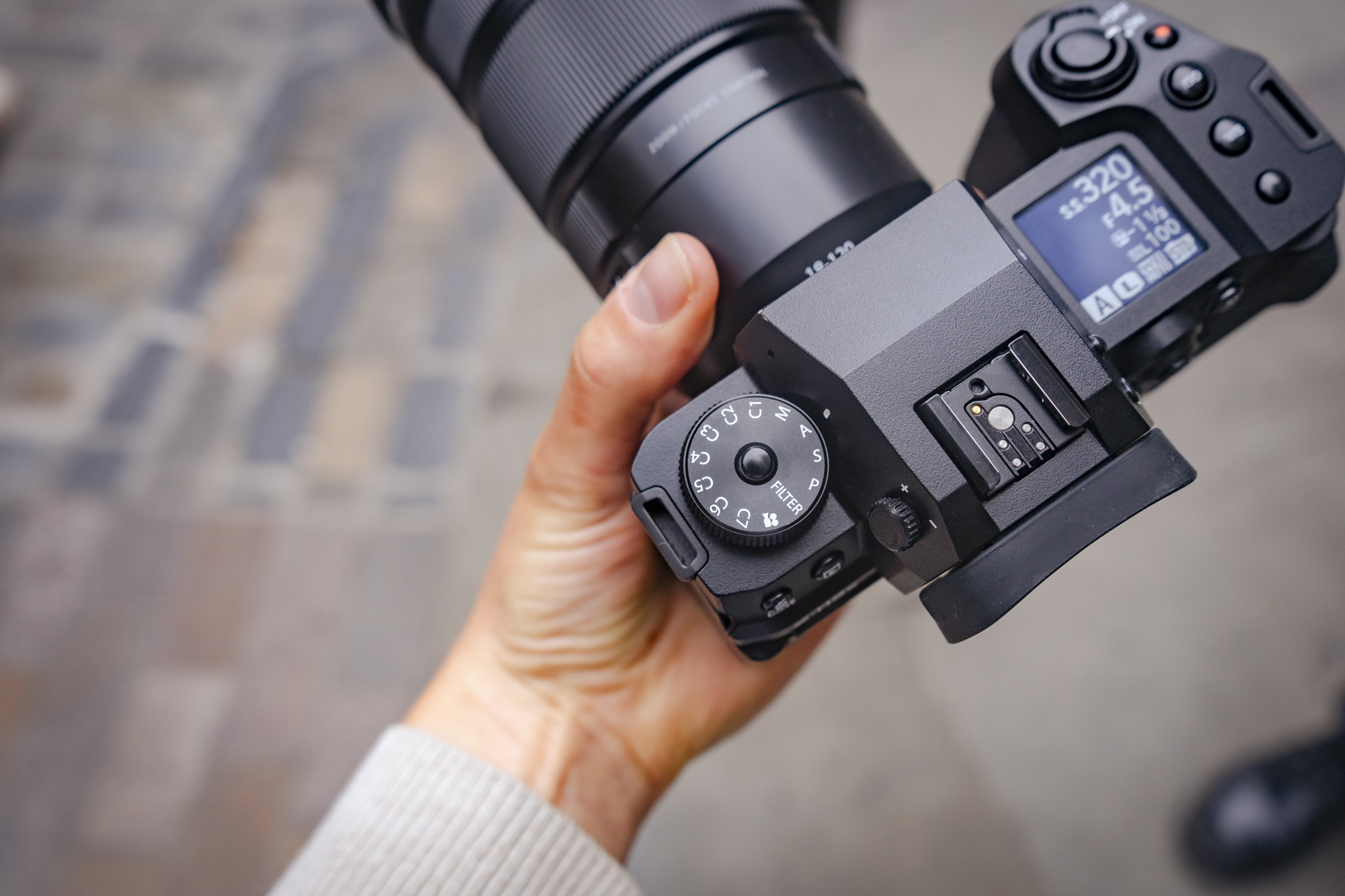
• Canon EOS R7: 132.0 x 90.4 x 91.7mm, 612g with card and battery
• Fujifilm X-H2S: 136.3 x 92.9 x 84.6mm, 660g with cards and battery
Overall, the X-H2S is larger and about 8% heavier than the Canon R7. However, the X-H2S’s metal body also feels more robust than the R7’s which is made using magnesium alloy and high-strength engineering plastic. The two cameras are also listed as weather-proof and in the absence of ratings, it’s impossible to quantify this, but our bet is that the X-H2S will fare better in the rain than the R7.
We usually associate Fujifilm cameras with traditional exposure controls, but like the Canon R7, the X-H2S has an exposure mode dial (complete with 7 custom options) and dual control dials.
7. Viewfinder and screen
• Canon EOS R7: EVF: 0.39-type 2.36million-dots OLED, Screen: Touch-sensitive vari-angle 2.95-inch LCD with 1.62 million dots
• Fujifilm X-H2S: EVF: 0.5-type 5.76million-dots OLED Screen: Touch-sensitive vari-angle 3-inch LCD with 1.62 million dots
While there’s not much to separate the two cameras with regards to their main screens, the Fujifilm X-H2S’s viewfinder is way ahead of the R7’s as it's bigger and has much greater resolution. Both cameras have a maximum viewfinder refresh rate of 120fps, but the larger size and extra detail visible in the X-H2S’s EVF makes it a nicer option to use.
8. Lenses
• Canon EOS R7: Canon RF-S/RF mount
• Fujifilm X-H2S: Fujifilm X-mount
The Canon EOS R7 (and R10) are like APS-C versions of Canon's full frame EOS R cameras. It's common for camera makers to produce full frame and APS-C camera ranges. However, the APS-C models need standard and wide-angle lenses designed specifically for the smaller sensor, and so far Canon has released only two 'standard' zooms. The only other lenses that can be used directly with these cameras right now are Canon's larger and more expensive full frame RF lenses, which will incur a 1.6x 'crop factor', narrowing their angle of view. This is fine for sports and wildlife photography but not wider angle shots. The alternative is to use Canon's EF-RF lens mount adapter and the company's older EF DSLR lenses.
The Fujifilm X-H2S, however, has access to a wide range of Fujinon lenses designed specifically for this sensor size, from ultra-wide-angles through compact primes, 'fast' primes, portrait and macro lenses through to pro telephotos. For lens supporrt, the X-H2S is a pretty clear winner.
Canon EOS R7 vs Fujifilm X-H2S: conclusions

The Canon EOS R7 is Canon’s flagship APS-C format mirrorless camera and it has a fabulous array of features, but the Fujifilm X-H2S is more serious and more comparable with a professional-level full-frame camera. The Fujifilm camera’s build is also more assured.
There is a substantial price difference between these two cameras, but the X-H2S's build quality, burst speed and video capabilities are pitched at professional content creators while the EOS R7, it could be argued, is aimed more at enthusiasts and full frame EOS R-series users looking for a second body.
Get the Digital Camera World Newsletter
The best camera deals, reviews, product advice, and unmissable photography news, direct to your inbox!
Angela has been testing camera gear from all the major manufacturers since January 2004 and has been Amateur Photographer’s Technical Editor and Head of Testing for Future Publishing’s photography portfolio (Digital Camera Magazine, PhotoPlus: The Canon Magazine, N-Photo, Practical Photoshop, Photography Week and Professional Photography magazines, as well as the Digital Camera World and TechRadar websites). She is the founder of SheClicks - a community group that encourages and supports female photographers.

